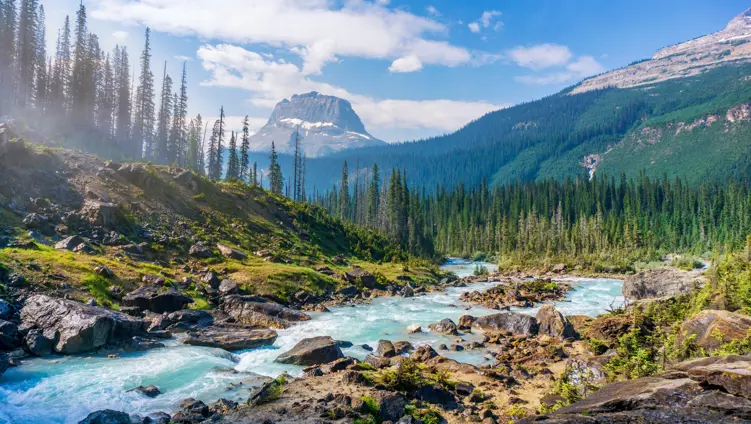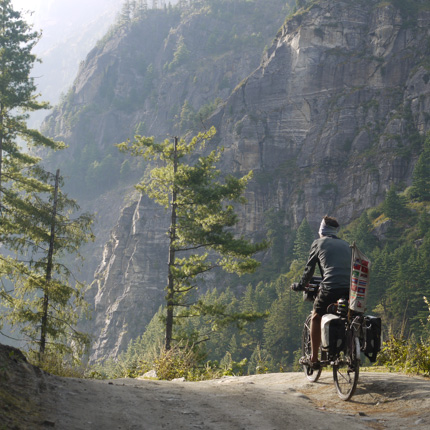Around the country, botanists are exploring their local landscapes while gathering species data to inform conservation efforts and land use. One such botanist is Brad Scott. His daughter, Anna Scott, joined him for a walking meditation on the botanical perspective.








